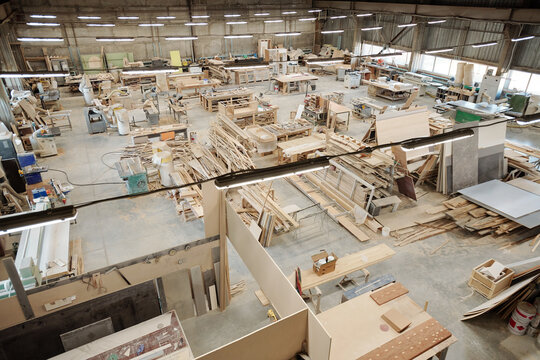In the world of modern furniture manufacturing, plastic has emerged as a versatile and popular material choice. From sleek armchairs to sturdy dining sets, plastic furniture offers durability, affordability, and a wide range of design possibilities. But have you ever wondered about the intricate process behind the scenes that brings these high-quality plastic pieces to life? Let’s delve into the fascinating manufacturing journey of plastic furniture.
Different types of furniture manufacture
Material Selection:
The process begins with the careful selection of high-grade plastic materials chosen for their durability, flexibility, and eco-friendliness. Manufacturers often opt for materials like polypropylene (PP), polyethylene (PE), or polycarbonate (PC), known for their strength and resilience.
Injection Molding:
Injection molding is a key technique used in the production of plastic furniture. It involves melting plastic pellets and injecting them into a mold under high pressure. The mold is carefully designed to achieve the desired shape and dimensions of the furniture piece, whether it’s a chair, table, or any other item. Once the plastic has cooled and solidified within the mold, the finished component is ejected, ready for further processing.
Precision Machining:
In some cases, additional machining processes are employed to refine the shape and details of the plastic components. This may involve trimming excess material, drilling holes for assembly, or adding intricate patterns and textures to enhance aesthetics.
Assembly and finishing:
After the individual components are produced, they undergo assembly to construct the final furniture piece. This may involve attaching legs, armrests, or other structural elements using specialized adhesives or fasteners. Finishing touches such as sanding, polishing, or painting are applied to achieve the desired appearance and surface texture.
Quality Control:
Throughout the furniture manufacturing process, stringent quality control measures are implemented to ensure consistency and reliability. Samples from each production batch are subjected to rigorous testing for strength, durability, and dimensional accuracy. Any deviations or defects are promptly identified and addressed to maintain the highest standards of quality.
Packaging and Distribution:
Once the plastic furniture pieces have passed inspection, they are carefully packaged to protect them during transportation and storage. Efficient logistics and distribution channels ensure timely delivery to retailers, wholesalers, and ultimately to the end consumer.
conclusion
From concept to completion, the plastic manufacturing process of high-quality plastic furniture is a testament to precision engineering, innovation, and craftsmanship. Each step is meticulously executed to bring forth furniture pieces that not only enhance living spaces but also embody durability, functionality, and style. So, the next time you relax in your favorite plastic armchair or dine at a stylish plastic table, take a moment to appreciate the intricate journey that brought them to your home.

